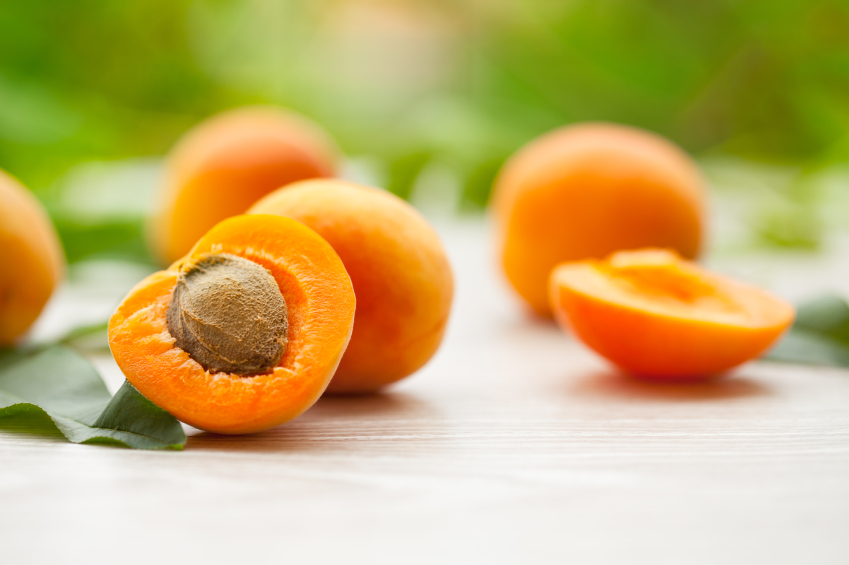Foods that help increase muscle mass, according to specialists
Food and muscles
According to Alejandra Hintze, a sports doctor and member of the Argentine Association of Sports Traumatology, in this path the intake of daily proteins must also be increased, a macronutrient that collaborates in the formation of muscle tissues. “An average 20-year-old person needs to eat one gram of protein per kilo, that is, if they weigh 60 kilos, they will need 60 grams of protein per serving. But, from the age of 40 it doubles to two grams because it costs more to form the muscle; and at 60 it quintuples,” says Hinzte.
In line with the sports specialist, Joaquín González Saucedo, a graduate in Nutrition, specialized in high-performance sports, explains that among the recommended healthy fats are avocado and nuts. The expert advises consuming a handful daily. Within the group of complex carbohydrates, the intake of legumes or cereals is suggested. In relation to the portion of legumes, what is stipulated by the specialist is that they occupy a third of the plate.
Which fruits provide more calcium than milk
Dried figs
Every 100 mg provide up to 250 mg of calcium.

Dried apricots
Offers 55 mg of calcium for every 100 mg of fruit.
Main benefits of apricots for health

Dates
65 mg, for every 100 mg ingested.
While milk provides 120 milligrams of calcium per 100 grams. Thus, a generous handful of these fruits surpasses the doses of this mineral.
Other plant alternatives that present considerable contributions of calcium: green leafy vegetables, nuts, and cauliflower, among others.
Date: what it is, its properties, benefits, and 13 recipes where the small sweet fruit popular in the Middle East shines

How to store nuts so they don't lose their properties

The benefits of eating nuts
The health benefits of moderate nut consumption are countless, as confirmed by numerous scientific studies. According to the research review "Nut Consumption and Cognitive Function," published in the journal Nutrición Hospitalaria, nuts are beneficial for the incidence of various chronic diseases and overall mortality rates.
Additionally, being rich in polyunsaturated fatty acids, they also play a definitive role in neurogenesis, so their effectiveness in treating early stages of dementia has been demonstrated. The Spanish Heart Foundation recommends their consumption as part of a balanced diet and highlights that "they are rich in monounsaturated and polyunsaturated fats (which reduce LDL or 'bad' cholesterol levels) and blood lipids".

Moreover, they provide fiber, proteins, vitamins (with vitamin E standing out as a powerful antioxidant), folic acid, and minerals, as well as plant sterols, phytoestrogens, and other phytonutrients.
Doctor and nutritionist Núria Monfulleda, from the Loveyourself center in Barcelona, recommends their daily consumption even in weight loss diets, as their highly satiating effect can help prevent binge eating.
"We have a deeply rooted belief that nuts make you gain weight, and although it is true that they are calorific, it is also true that they are very filling. Therefore, a handful of nuts as a snack, combined with some protein, for example, from unsweetened whole milk yogurt, will allow us to arrive at dinner feeling full and avoid overeating late in the day, which is exactly what we should avoid and is not always achieved," explains the expert.
Nutritionist Júlia Farré, ambassador for California Walnuts, agrees with her, recommending eating a handful a day.

"In general, for healthy adults, it is recommended to consume 30 g of nuts per day, although this amount is only approximate. People who exercise or have higher energy expenditure can consume 40-50 g, while those with sedentary lifestyles, menopausal women, or people looking to lose weight can suffice with 15 g."
How to store nuts
The good thing about walnuts and other nuts is that they are easy to store and have a long shelf life if handled correctly. What few people know is that it's best to store them in the refrigerator, although they also keep well outside.
Nuts can be allies in a weight loss diet. Nuts can be allies in a weight loss diet. Farré explains: "It is always preferable to store both walnuts and other nuts in the refrigerator. Not because they will spoil, but because they retain their organoleptic properties better. Since these are foods that we usually have for a long time, they will become less bitter and retain their flavor better in the refrigerator."
This is confirmed by the Organization of Consumers and Users (OCU), which points out that nuts do not expire and that the "best before" dates found on packaging are purely indicative to indicate the point at which they may start to lose their organoleptic properties.
Ideally, according to Farré, walnuts and other nuts should be stored in the refrigerator for a maximum of 6 months, and when this time is exceeded, they should be stored in the freezer.

Nuts with shells can last a long time outside the refrigerator. Photo Shutterstock. To do this, the nutritionist recommends using freezer bags that seal tightly, "trying to leave the least amount of air inside, since contact with oxygen can affect their properties." To consume them, simply take the nuts out of the freezer a little before consumption.
It is important to be especially careful in summer when temperatures exceed 20°C, as oxidation can occur, leading to a rancid taste. It is best to keep them at a temperature between 4°C and 20°C, so the refrigerator is always the optimal option.
Farré recalls that nuts with shells "last a long time, so they can be stored outside the refrigerator for several months.





